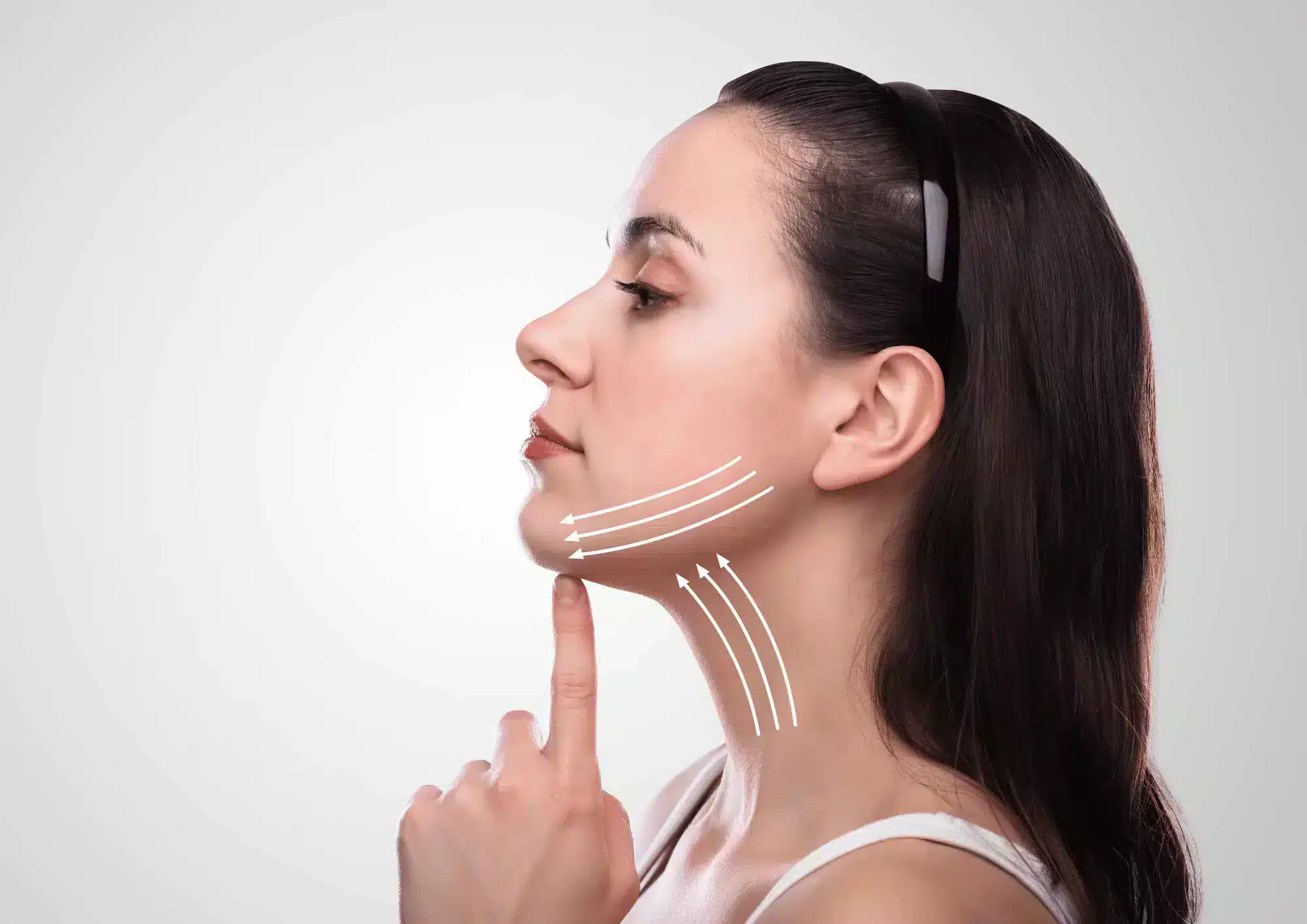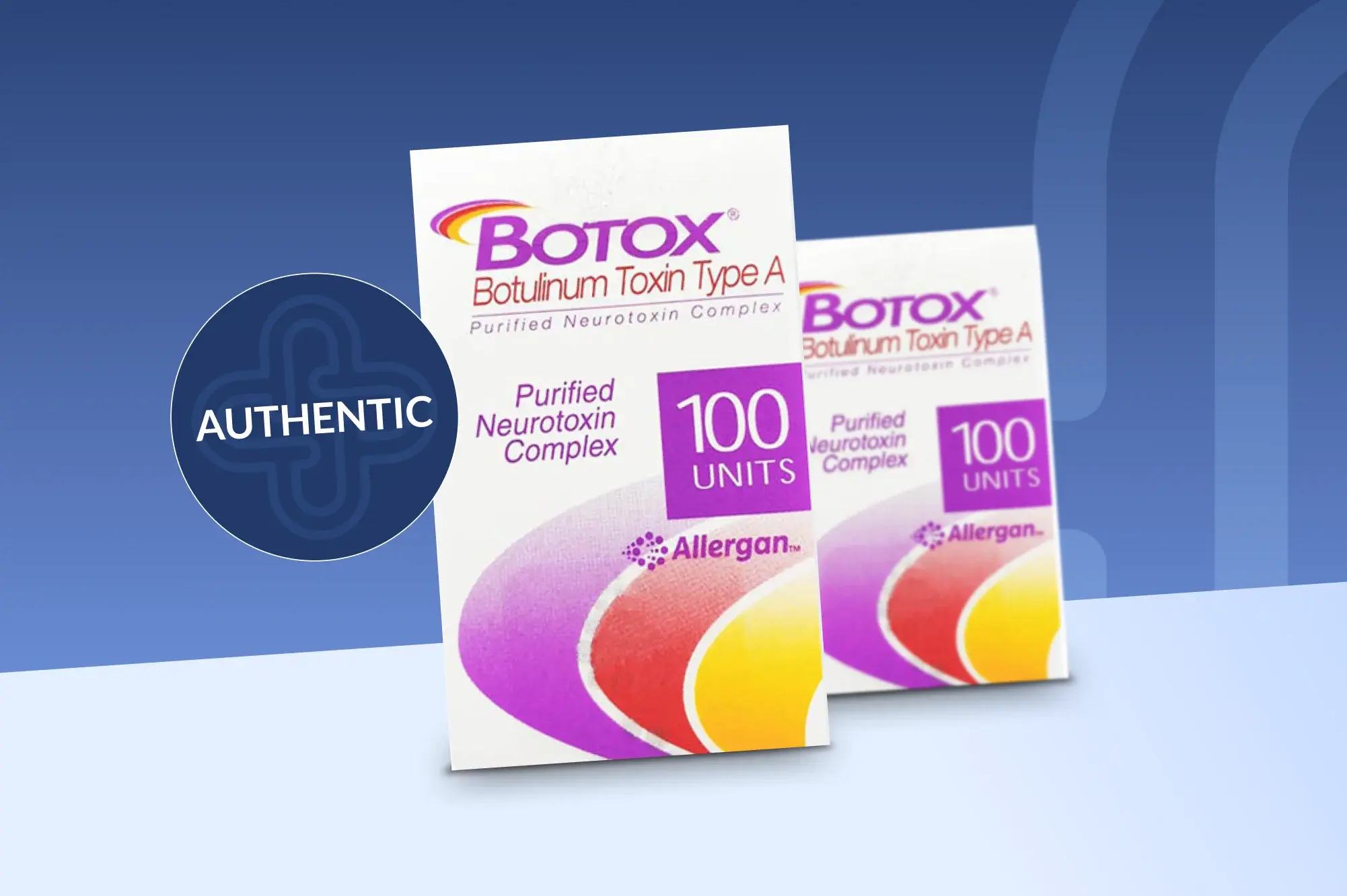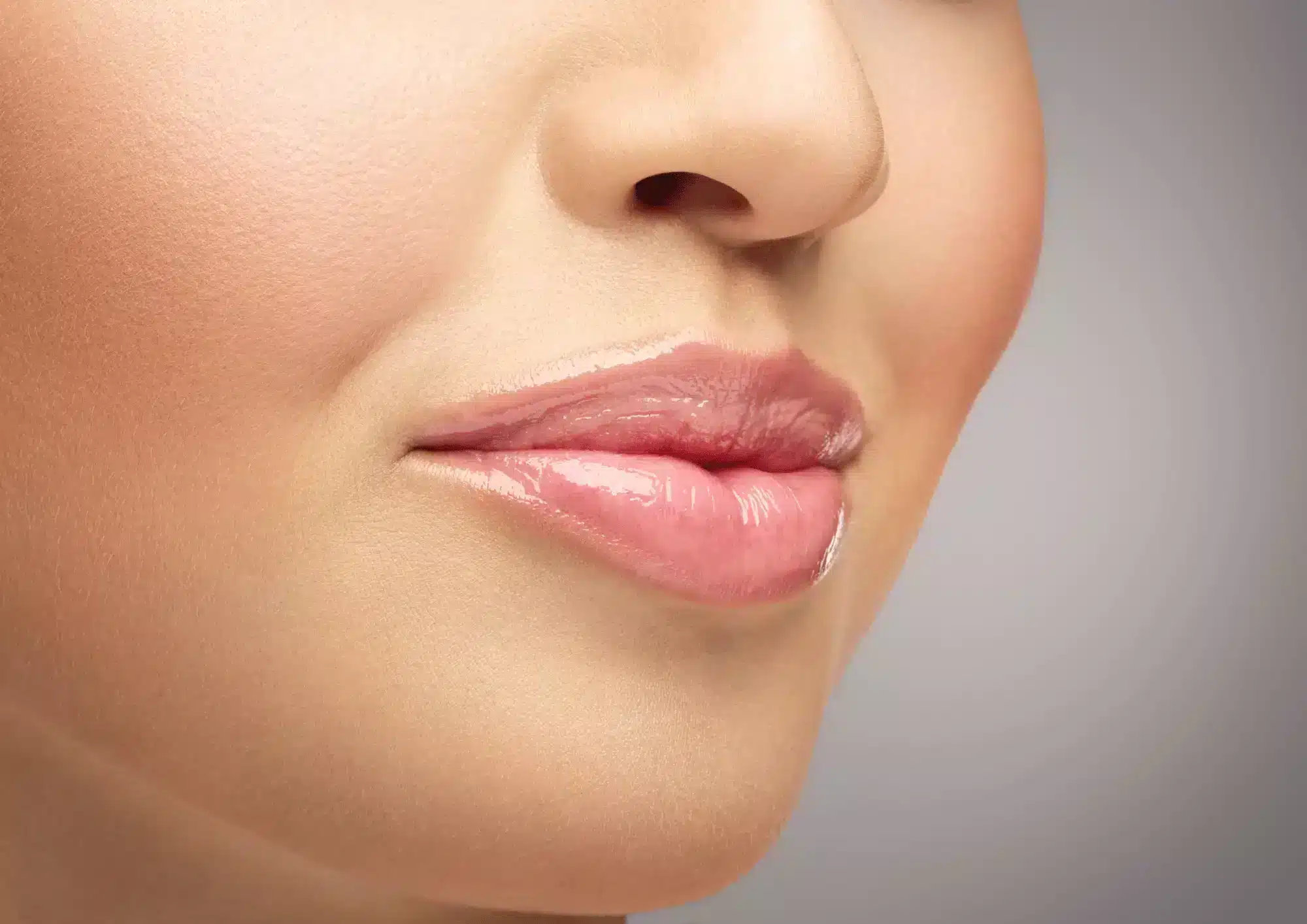What Type of Facelift Can I Get?
While the traditional facelift surgery is a well-known option, there are also a number of lesser-known facelift treatments that can address a number of specific facial issues. As techniques and technologies have evolved, there have been a number of new and effective anti-aging facelift options that don’t require full facelift surgery. In this article, we’ll be discussing 9 of these facelift techniques so that patients can be more informed about the facial rejuvenation option that may be most suited for them.
How do I know which facelift technique is best for me?
Each technique can address specific imperfections using different methods. Determine what issues you would like to address, research which technique speaks to these issues, and speak to a plastic surgeon or dermatologist about which option will best match your desired results.
• Traditional facelift:
The traditional facelift procedure provides the best and most comprehensive results. Patients who are looking for a treatment to correct moderate to significant signs of aging in the face will benefit from this technique. The procedure involves incisions around and into the hairline and below the chin. The surgeon dissects the skin from the muscles of the face and neck, which are then tightened at the same time as the skin. The muscles in the front of the neck are then sutured together to create a more contoured and defined neckline. Fat is also removed from the neck and jowls, as is excess skin from behind the ears before the skin is sutured back in place. While the traditional facelift provides the most long-lasting results, it also requires the most downtime, with patients having to return to have sutures removed after about a week. The total recovery time is on average about 10 days.
• Liquid facelift:
This facelift technique uses dermal filler injectables to smooth out lines and wrinkles and fill in volume in sagging or hollowed areas of the face. Dermal fillers are available with a number of different natural or synthetic materials, including hydroxyapatite, hyaluronic acid, or lactic acid calcium. Dermal fillers can also sculpt the facial contour and augment areas such as the lips, chin, and nose. This is a non-surgical procedure that is great for diminishing the signs of aging instantly and with no downtime. However, most dermal fillers are temporary, as the ingredients are broken down by the body over time. Popular brands of dermal fillers include Juvederm, Restylane, Voluma, and Sculptra products.
• Mini face lift:
Using a similar technique to the traditional facelift, a mini face lift is less invasive as it uses smaller incisions than the traditional technique. During the procedure, the surgeon makes incisions under the hair line and then pulls the skin tight, while also removing excess tissue. This treatment option is great at treated the jowls and neck area, and involves little recovery time. It is for this reason that it is sometimes referred to as a “weekend facelift” as a patient can get the lift on Friday and return to work and other activities by Monday. Mini face lifts are suitable for patients experiencing the early signs of aging and may not be ready yet for a full face lift.
• Jaw line rejuvenation:
As the name suggests, this treatment targets the jaw and upper neck area. Rejuvenation involves removing excess fat through liposuction and then redistributing that fat to sculpt the jaw line. The fat works as a natural filler and can also be injected into other areas of the body that are sagging, hollow, or require sculpting—often the cheek and mid-face area. This technique is most suitable for patients who have firm skin, as only fat is removed, not skin.
• S-lift:
This lift is best for treating the lower third of the face, including the jowls and neck. The procedure involves making an s-shaped incision to separate the skin from the underlying tissue. The surgeon will then lift the skin to tighten the tissue and muscles in the lower third of the face before closing the incision with sutures. Similar to the mini lift, this procedure is less invasive and requires less downtime than the traditional face lift.
• Mid-facelift:
This facial rejuvenation technique focuses on the cheek area, or the mid-face area. Like the mini face lift, the procedure involves incisions in the hairline, specifically above the ears, and also in the mouth. This allows the surgeon to then reposition the fat pads to rest over the cheekbones from within the cheeks. The skin in the area is also tightened, making the mid-face area appear firmer with added volume.
• Cutaneous lift:
Unlike other face lift technique, this one relies on the skin instead of the muscles and tissues. It is primarily used on the neck and lower face area, though its focus on skin and not on tightening the muscles makes it less durable than some other options as the skin will simply stretch and loosen again over time. The procedure involves incisions within the hair line and around the ears, with surgeons then separating the skin from the underlying muscles to trim excess skin. The remaining skin is then stretched, and the incision points are closed with sutures.
• MACS lift:
These rejuvenation treatments are slight variations of the aforementioned s-lift technique, though they are slightly more invasive. However, they provide more advanced results and remain less invasive than the traditional face lift. These procedures are best for patients who show mild to moderate signs of aging in the face. They also involve more downtime to recover than the s-lift.
• Temporal facelift or browlift:
This face lifting technique focuses on the eyebrow area, though it is not a full browlift. This procedure is great for patients who are looking to correct a dropping or lowered brow and who don’t wish to go through with the more intense full browlift. The procedure involves making a small incision either at the hairline or within the hair, depending on the patient’s needs. The skin is then lifted at the sides of the brows before the incisions are closed.
There are many different facial rejuvenation techniques that patients can choose from, depending on what results they are aiming to achieve, the condition of their skin, and the amount of time they are able to spend in recovery.









